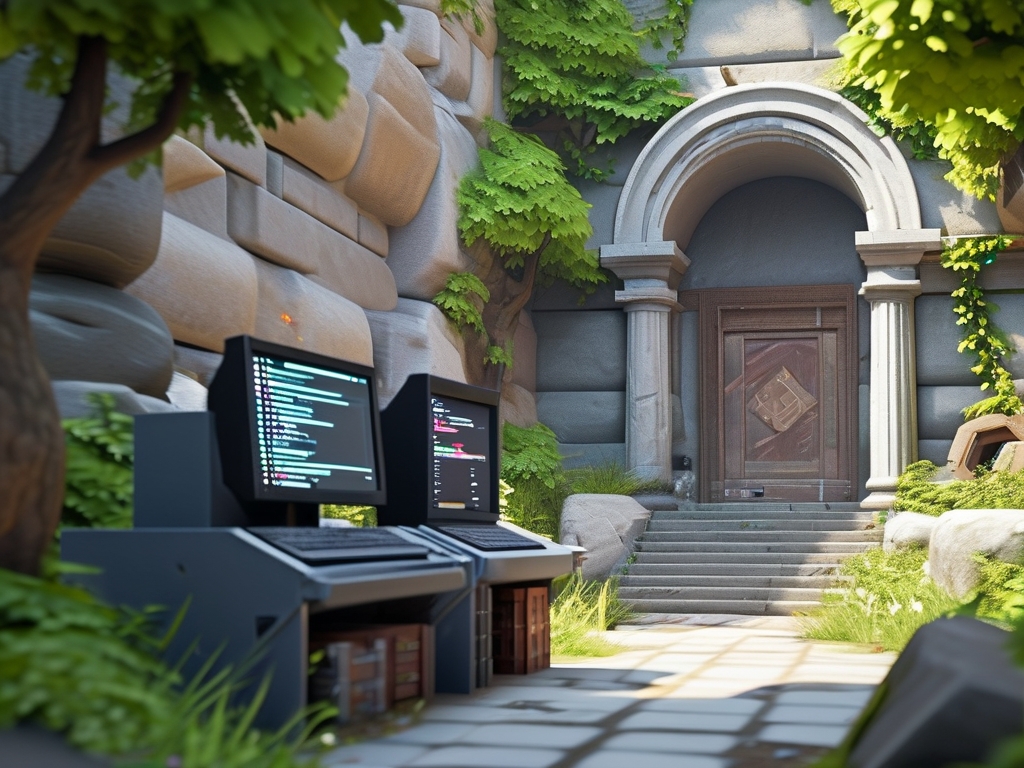When building classic video games, developers rely on robust databases to manage everything from player progress to in-game assets. While modern games often use cloud-based solutions, older titles leveraged foundational database systems that remain relevant today. This article explores key databases historically used in game development and their technical implementations.
Relational Databases in Retro Gaming
MySQL and PostgreSQL were staples for managing structured data in early PC and console games. For example, role-playing games (RPGs) like Baldur’s Gate utilized relational databases to track character stats, inventory, and quest progress. These systems allowed developers to execute complex queries, such as joining player data with item tables or calculating skill upgrades. A typical schema might include tables for players, items, and quests, linked via foreign keys.

-- Example: Fetching a player's inventory in MySQL SELECT items.name, inventory.quantity FROM inventory JOIN items ON inventory.item_id = items.id WHERE inventory.player_id = 123;
SQLite gained popularity for single-player games due to its lightweight design. Unlike server-based databases, SQLite stored data locally in a single file, making it ideal for offline games like Stardew Valley. Developers embedded it directly into game engines to handle save files or configuration settings without requiring external dependencies.
NoSQL Solutions for Dynamic Content
Before the rise of MongoDB, games requiring flexible data models often used Redis for caching real-time interactions. Multiplayer classics like World of Warcraft leveraged Redis to manage session states, leaderboards, and chat logs. Its in-memory architecture enabled milliseconds-level response times, critical for synchronizing player actions across servers.
Another notable system was Berkeley DB, a key-value store used in early MMOs to handle non-relational data. Games like Ultima Online stored player coordinates, NPC behaviors, and world events in Berkeley DB’s hash tables, enabling rapid read/write operations even on low-spec hardware.
File-Based Data Management
For simpler games, developers often avoided full-fledged databases altogether. Text files (CSV, JSON) or binary formats stored level layouts, dialogue trees, or sprite animations. The original Super Mario Bros., for instance, used proprietary binary files to define stage designs and enemy patterns. While lacking query capabilities, this approach minimized overhead and suited resource-constrained platforms like the NES.

# Example: Parsing a CSV level layout in Python
import csv
with open('level_1.csv', 'r') as file:
reader = csv.reader(file)
for row in reader:
print(row) # Output: [‘platform’, ‘enemy’, ‘coin’, ...]
Challenges and Legacy Systems
Classic database choices often reflected hardware limitations. Consoles like the PlayStation 2 had as little as 32MB of RAM, forcing developers to optimize queries and avoid memory-heavy joins. Debugging tools were primitive—a misplaced index could crash the entire game. Despite these hurdles, many legacy systems laid the groundwork for modern practices. For example, the entity-component-system (ECS) pattern in Unity evolved from early database-driven entity management.
From SQLite’s compact footprint to Redis’s real-time prowess, classic game databases solved unique challenges with ingenuity. While newer technologies have emerged, understanding these systems provides valuable insights into optimization and data design—proving that even in gaming, old-school tech never truly dies.


